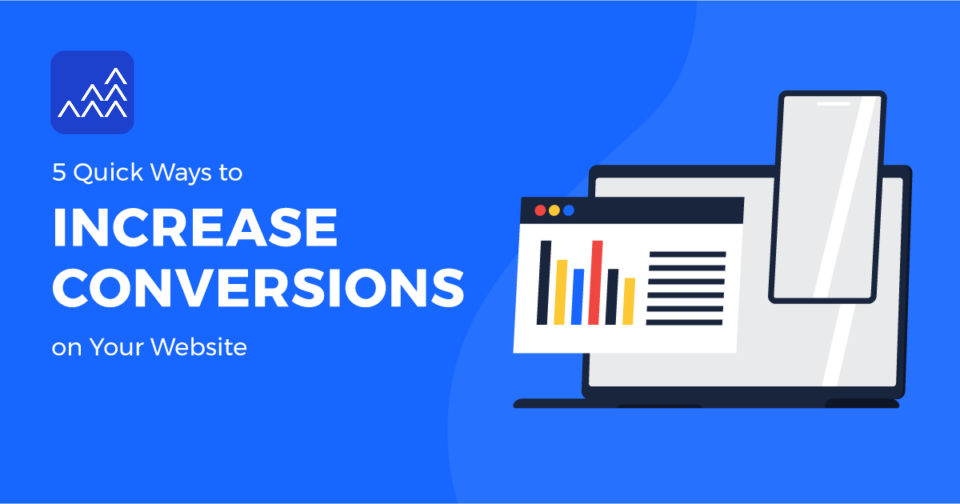Having a website isn’t enough in the fast-paced world of digital marketing; you also need one that turns visitors into paying clients. Ways to Increase At Revenue Engine, we’re experts at transforming your online presence into a conversion machine. This is how to optimize your website to actively convert visitors into sales rather than merely draw them in.
Simplify The Navigation of Your Website
Simplify the navigation on your website to make it easier for visitors to find what they’re looking for. A simple, easy-to-use interface improves conversion rates and lowers bounce rates. Consider your navigation a clean and easy-to-use map leading to your valuables.
1. Make Calls to Action Better
The doorway to conversion is your call to action (CTA). Make sure your call to action is clear and appealing. To make them stick out, use action-oriented language and contrasted colors. A prominent CTA on every page should guide visitors to purchase, book a consultation, or subscribe.
2. Make mobile-friendly
Since mobile devices account for more than half of all internet traffic, your website needs to function properly on tablets and smartphones. Responsive design, quick loads, and condensed content that works and looks good on smaller displays are all part of mobile optimization.
3. Make Use of Great Visuals
Videos and pictures can greatly increase user engagement. In addition to drawing attention, powerful images can successfully convey your message and highlight your goods or services. Make sure they relate to your content and are optimized for quick loading.
4. Make Use of Social Proof
Social proof increases credibility and trust. Examples include case studies, evaluations, and testimonials. By showcasing these components on your website in a prominent manner, you may drive conversions and impact decision-making by demonstrating to prospective customers the value other users have found in your goods.
5. Put analytics and A/B testing into practice
Utilize programs such as Google Analytics to monitor site visitor behaviour. Examine information like as page views, bounce rates, and conversion routes to determine what is effective and ineffective. Use A/B testing to test several iterations of your pages to determine which components convert visitors the most effectively.
Conclusion:
Testing, learning, and adapting are all part of optimizing your website for conversions. You may greatly raise your site’s conversion rates by concentrating on user-friendly design, powerful CTAs, mobile optimization, excellent images, social proof, and thorough analytics. Put these tactics into practice now, and see how your company expands.
Frequently Asked Questions (FAQs)
What is the recommended frequency of website updates for optimization?
Periodic updates are essential. Aim for a thorough quarterly evaluation to ensure that it keeps up with evolving technology developments and user habits.
Is it possible to improve my website for conversions while keeping costs low?
Definitely! Start with simple improvements, like making your call to action more appealing and mobile-friendly. These small yet powerful adjustments don’t have to be expensive.
What needs to be optimized first and most importantly?
Since mobile optimization will impact the largest portion of your audience, start there. A good conversion depends on your website being mobile-friendly and loading swiftly.








